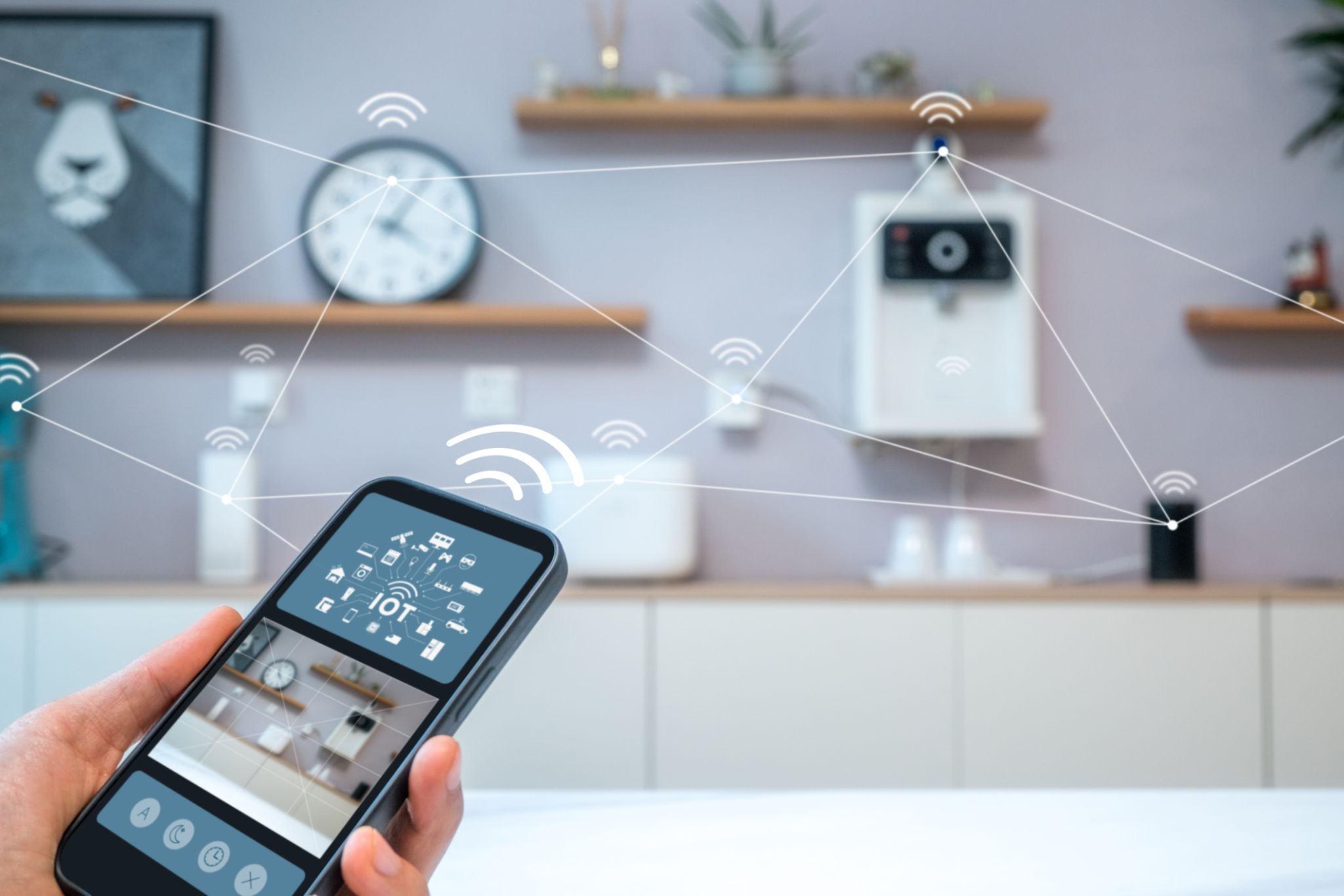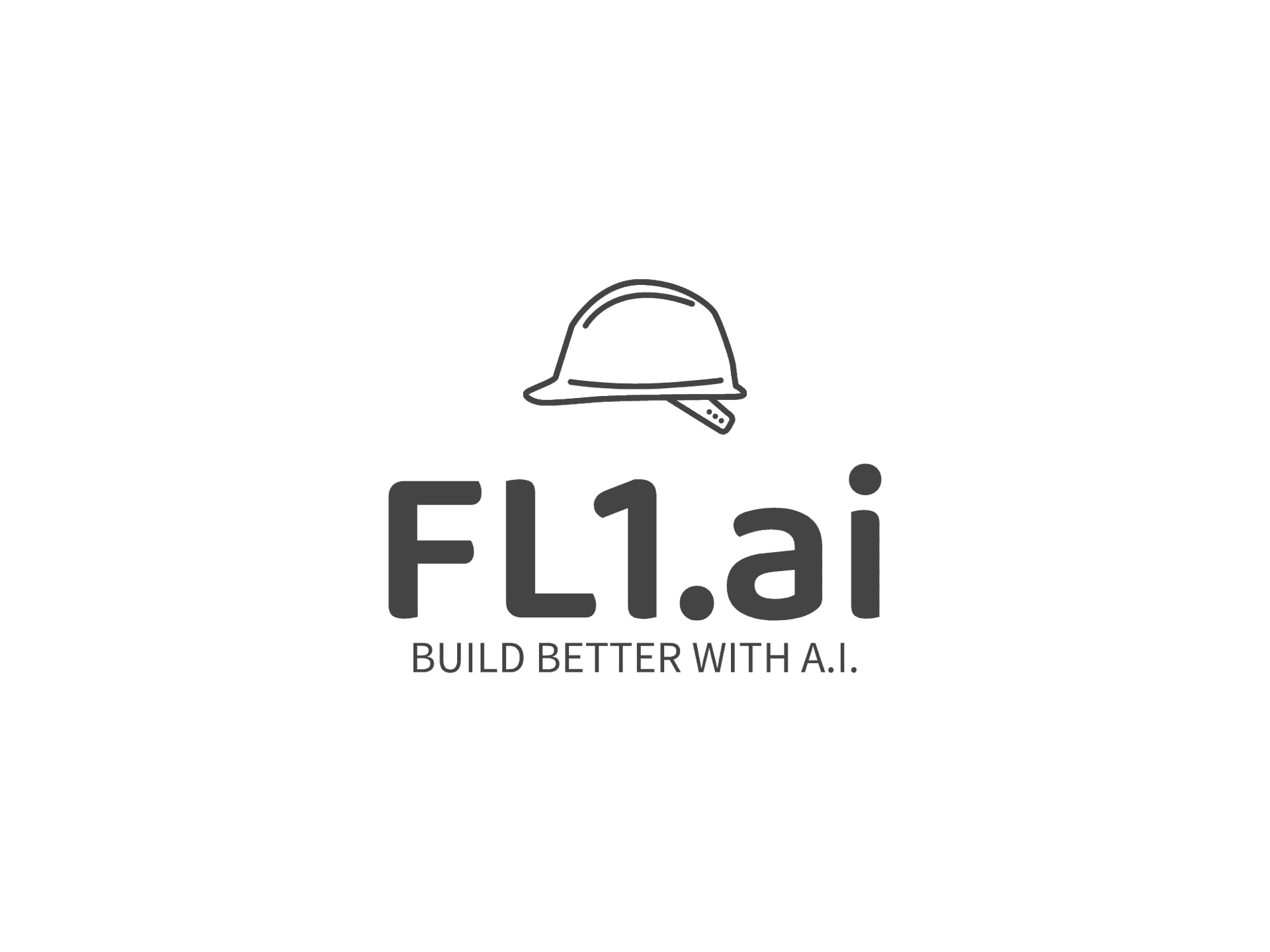How AI Enhances Safety Monitoring in Construction Projects
Introduction to AI in Construction Safety
The construction industry, known for its dynamic and often hazardous environments, is increasingly turning to technology to enhance safety measures. Among the most promising advancements is the integration of Artificial Intelligence (AI) into safety monitoring processes. AI offers innovative solutions that are transforming how safety is managed on construction sites, ensuring a safer working environment for all.
These intelligent systems are capable of analyzing vast amounts of data in real-time, identifying potential hazards, and providing actionable insights to mitigate risks. As construction projects become more complex, the role of AI in maintaining safety standards is becoming indispensable.

Real-Time Hazard Detection
One of the key benefits of AI in construction safety is its ability to provide real-time hazard detection. AI-powered cameras and sensors installed on-site can continuously monitor activities and environments. These systems can detect unsafe practices such as workers not wearing proper personal protective equipment (PPE) or machinery operating too close to personnel.
When a potential hazard is identified, AI systems can instantly alert site managers or safety officers, allowing for immediate corrective actions. This proactive approach significantly reduces the likelihood of accidents and injuries, fostering a safer workplace.

Predictive Analysis for Risk Management
Beyond real-time monitoring, AI also excels in predictive analysis, which is crucial for effective risk management. By analyzing historical data, AI can predict potential risks and suggest preventive measures. These predictions are based on patterns and trends that might not be immediately apparent to human analysts.
This capability allows construction managers to anticipate and address safety issues before they arise, rather than reacting to incidents after they occur. Such foresight not only enhances safety but also improves project efficiency and reduces downtime.
Enhancing Communication and Training
AI tools are also enhancing communication and training within construction teams. Virtual reality (VR) and augmented reality (AR) powered by AI provide immersive training experiences, helping workers better understand safety protocols and procedures. These tools simulate real-world scenarios, allowing workers to practice responses to potential hazards in a controlled environment.

Furthermore, AI-enabled platforms facilitate better communication among team members by providing centralized access to safety documentation, incident reports, and compliance information. This ensures that all personnel are informed and aligned with the latest safety standards and practices.
Improving Compliance and Documentation
Compliance with safety regulations is a critical aspect of construction projects. AI systems can automate the documentation process, ensuring that all necessary records are accurately maintained and easily accessible. This automation helps in meeting regulatory requirements and provides an auditable trail of compliance efforts.
By reducing the administrative burden on personnel, AI allows them to focus more on on-site safety practices rather than paperwork. This shift not only enhances compliance but also improves overall productivity.
The Future of AI in Construction Safety
As AI continues to evolve, its applications in construction safety will only expand. Future advancements may include even more sophisticated systems capable of learning from new data inputs and continuously improving their hazard detection capabilities.

The integration of AI into construction safety monitoring represents a significant leap forward in creating safer work environments. By leveraging these technologies, the construction industry can better protect its workforce while achieving higher efficiency and productivity in its projects.
